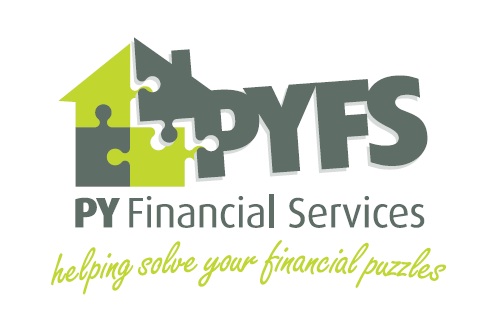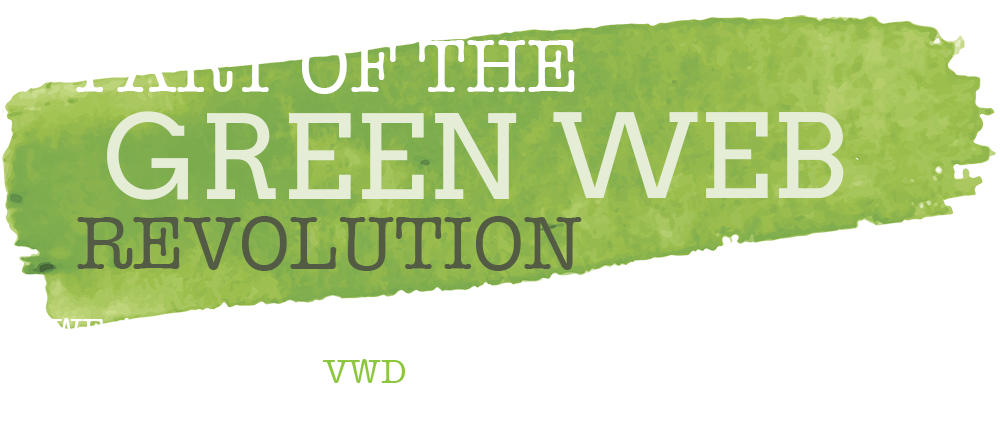The Mortgage Process – Your Step-by-Step Guide from PY Financial Services
At PY Financial Services, we understand that the mortgage process can seem complex. With nearly 40 years of experience, we’ve helped clients across Banstead, Epsom, Reigate, Sutton and the wider Surrey area navigate each step confidently. Here’s how it works.
1. Working Out a Realistic Budget
Your homebuying budget combines what you can borrow with what you can contribute personally. However, it’s not just about securing the highest loan possible. It’s about striking a balance between affordability and comfort.
Borrowing to your maximum limit might seem manageable at first, but it increases the risk of financial strain. Unexpected changes in income or rising interest rates can put your home at risk if repayments become unaffordable.
When budgeting, factor in:
- Your deposit and purchase price
- Legal and moving costs
- Ongoing living expenses
- Future home maintenance, council tax, and utility bills
Lenders assess affordability differently. Some calculate based on income multiples (e.g. 3.5x your salary), while others consider your outgoings and financial commitments. As whole-of-market advisers, we’ll match you with lenders whose criteria suit your financial position.
2. Searching for the Right Property
With your budget set, the property search begins. You probably already have a location and type of property in mind, but it helps to use a checklist when viewing homes.
Whether you’re browsing new-builds or established homes, be ready to compromise on minor preferences. But avoid compromising on deal-breakers.
For new builds, look for:
- NHBC or similar guarantees (covering structural issues for 10 years)
- Developer sales offices or show homes
For existing homes, search online, in newspapers, or through estate agents. Most estate agents have websites and will share listings based on your preferences.
Agents work for the seller, but visiting in person helps build a good rapport and gives you early access to new listings. They’ll arrange viewings and forward offers on your behalf.
3. Making an Offer
Once you find a suitable home, decide how much you’re willing to pay and make an offer—usually through the agent. All offers are “subject to survey and contract”, meaning neither party is legally bound until contracts are exchanged.
Once your offer is accepted, you’ll need to formally apply for your mortgage.
4. Applying for a Mortgage
Ideally, you’ll already have researched options with our help. We’ll guide you through the application process, comparing over 12,000 mortgage products.
You’ll need to provide:
- Proof of ID and income
- Audited accounts if self-employed
- Evidence of rent or mortgage payment history
- Contract length (if on a temporary contract)
- Details of loans and regular commitments
5. Property Valuation
Before approving your loan, the lender will require a valuation to confirm the property’s market value. Some valuations are free, while others incur a fee.
The lender uses this report to assess lending risk—not to advise you. It’s not a full survey. If you want a more detailed report, ask us about arranging a HomeBuyer’s Report or full Building Survey.
If the property is down-valued or significant issues arise, we’ll help renegotiate or reassess your options.
6. Receiving a Mortgage Offer
Once approved, the lender issues a formal mortgage offer. It may come with conditions such as:
- Work to be completed post-purchase
- A portion of the loan (retention) held until work is done
If you’re happy to proceed, accept the offer and instruct your conveyancer to begin legal work.
7. Conveyancing (Legal Process)
Conveyancing transfers ownership from seller to buyer. While you could handle this yourself, most people appoint a solicitor or licensed conveyancer.
Your conveyancer will:
- Examine title deeds and local searches
- Check planning permissions and leasehold conditions
- Draft and agree the contract of sale
- Register your ownership with HM Land Registry
Some mortgage deals include free legal work, and we’ll let you know if that applies. Always confirm that your lender approves your chosen conveyancer.
8. Exchange of Contracts
Once the legal checks are complete and you’ve signed the mortgage deed, contracts are exchanged. You’ll pay your deposit (typically 10%), and both parties are now legally committed.
If you’re relying on the sale of another property, ensure both exchanges and completions are aligned to avoid the need for expensive bridging finance.
9. Completion and Moving In
Completion is the day the funds are transferred and you become the legal owner. Once confirmed, the seller or agent releases the keys.
Before moving in, remember to:
- Notify utility providers
- Arrange mail redirection
- Update your address with banks, HMRC, DVLA, schools, and healthcare providers
Removal firms book up fast—so confirm your date early to avoid last-minute stress.
Ready to Begin?
At PY Financial Services, we make the entire mortgage process clear, simple, and stress-free. Whether you’re buying your first home or moving up the ladder in Banstead or anywhere across Surrey, we’re here to guide you.
A MORTGAGE IS A LOAN SECURED AGAINST YOUR HOME. YOUR HOME MAY BE REPOSSESSED IF YOU DO NOT KEEP UP REPAYMENTS ON YOUR MORTGAGE.

